10 California Rooted Foods to Pick Up at the Farmers Market
June 20, 2024
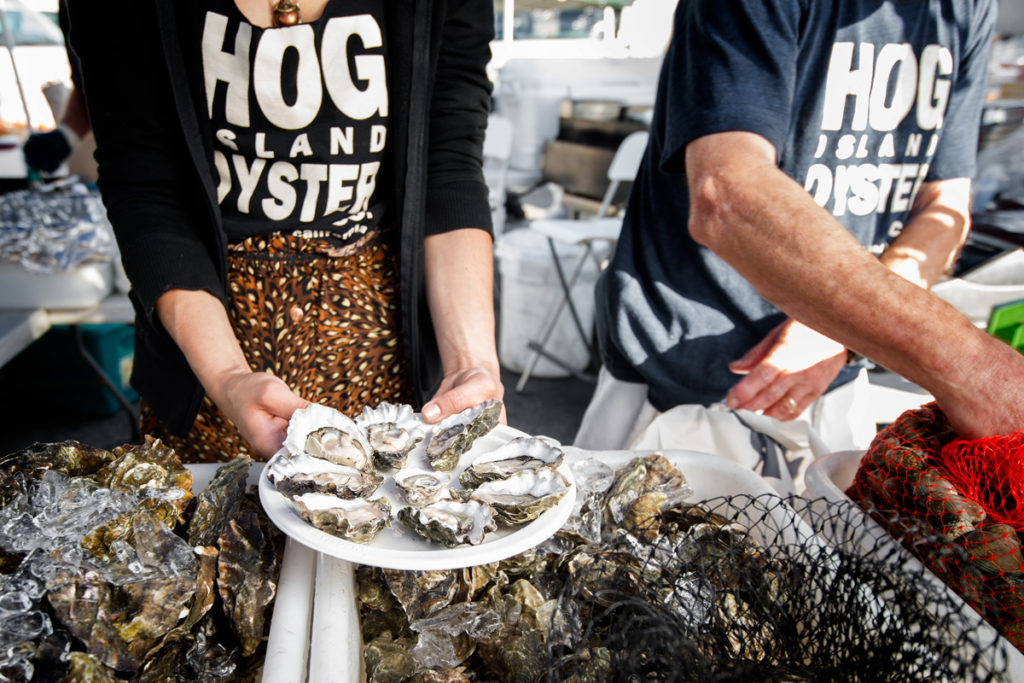
The San Francisco Bay Area is home to a thriving local food scene, in many ways a reflection of the unique biodiversity of California’s landscape and farmland. Some of the fresh foods available at the Ferry Plaza Farmers Market and Mission Community Market hold a special place in our region’s history, culture, and cuisine. For the few foods featured in Slow Foods’ Ark of Taste directory of heritage crops, you may only be able to source them directly from a local farmer. Here are 10 California-rooted foods to try throughout the seasons and where to seek them out at Foodwise’s farmers markets.

Point Reyes Original Blue cheese
Like honey, cheese’s flavor profiles reflect the region the cows graze in. This classic-style blue cheese is made at the Giacomini family farm, Point Reyes Farmstead Cheese Co. They have been making their flagship cheese, Original Blue, since 2000, and it packs a bold flavor with hints of sweet milk and a peppery finish. Their Original Blue and Bay Blue have both won numerous state, national, and global awards over the years.
When: Year-round
Where: Point Reyes Farmstead Cheese Co.

Bay Area honey
Each microclimate in San Francisco produces a unique flavor of honey, from the citrusy sweetness from the Mission District’s blooms to the Presidio’s rich caramel and coffee notes. At the Ferry Plaza Farmers Market, pick up a Bay Area blend from City Bees, whose bees are kept in different locations across San Francisco. Alternatively, stop by Marshall’s Farm Natural Honey, who keeps honey harvests separate, rather than blending them, so customers can enjoy honey harvested closest to home.
When: Year-round
Where: City Bees and Marshall’s Farm Natural Honey
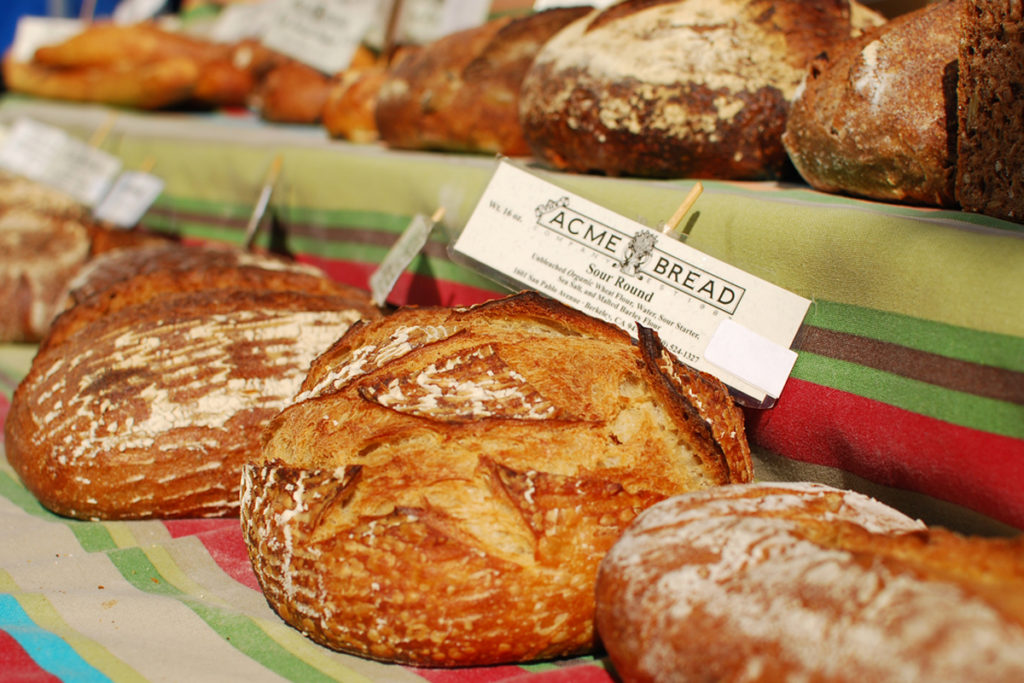
San Francisco sourdough bread
Isadore Boudin created the first loaf of San Francisco’s famous bread when he combined his native French bread with a local sourdough. Part of what makes San Francisco sourdough stand out is a particular bacteria, lactobacillus sanfranciscensis. While it is found not only in San Francisco, it was discovered here, and it thrives in the city’s cool climate. Boudin bakery still houses the “mother dough,” which dates back to 1849, but other bakeries (near and far) make the San Francisco sourdough, too. Look for unique adaptations from local bakers like Rize Up Bakery’s iconic Ube Loaf (recently featured on National Geographic’s show World Eats Bread).
When: Year-round
Where: Acme Bread Company, Fox & Lion Bread Co., Saltwater Bakeshop, Midnite Bagel, Rize Up Bakery
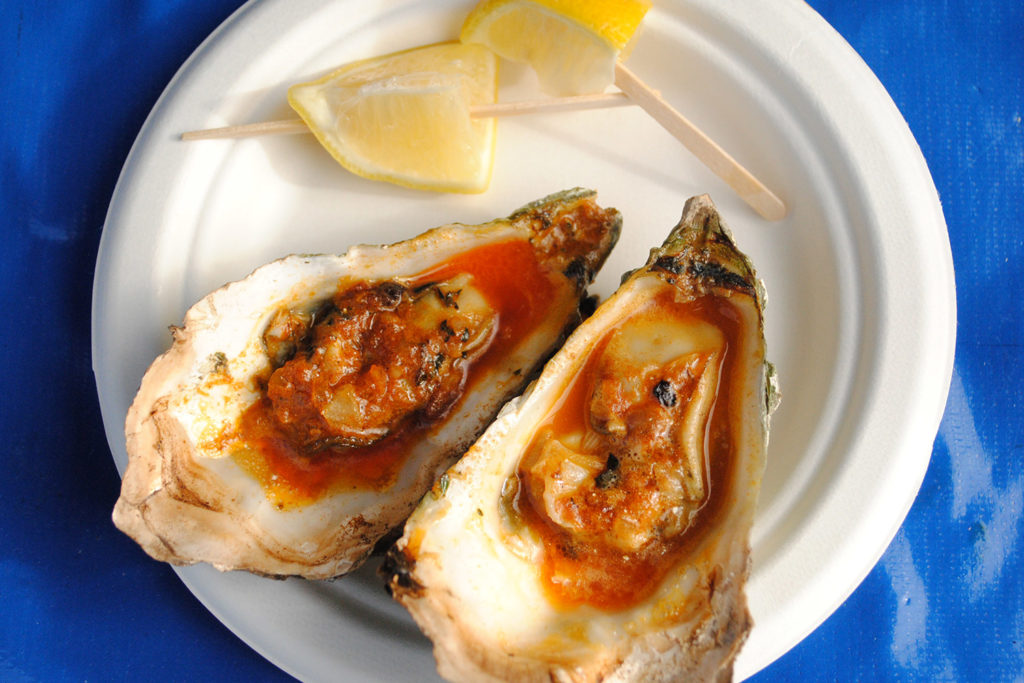
Olympia oysters
A staple food of Tomales Bay’s original inhabitants, the Coastal Miwoks, oysters were a cornerstone of the bay’s economy and ecology following the Gold Rush (around 1850 to 1920), but pollution and overharvesting led to steep declines in the native Olympia oyster population. Today, Hog Island Oyster Company is working with Native Olympia Oyster Collaborative to renew the local Olympia oyster population, as part of their sustainability initiatives. These oysters are smaller than Atlantic and Japanese oysters, but pack a mighty flavor, bright with salinity and umami.
When: Year-round
Where: Hog Island Oyster Co.
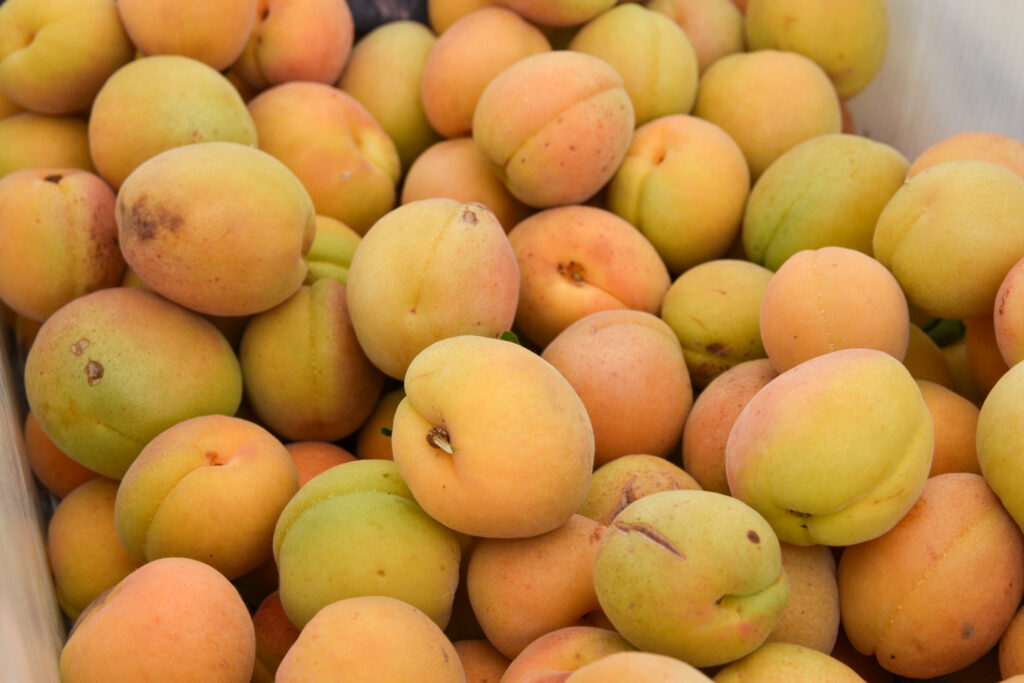
Blenheim apricots
Blenheim apricots were introduced to California in the 1880s, and by the 1920s the variety dominated a thriving dried apricot industry, blanketing the Santa Clara Valley. Most of the original Blenheim orchards have been replaced in favor of more easily transportable varieties, but you can still find this variety at the farmers market. Expect a simultaneously sweet and tart flavor with an aroma of honeysuckle, and enjoy these apricots fresh, canned, or dried.
When: June
Where: Arata Farms, Everything Under the Sun, K&J Orchards, Knoll Farms, Blossom Bluff Orchards
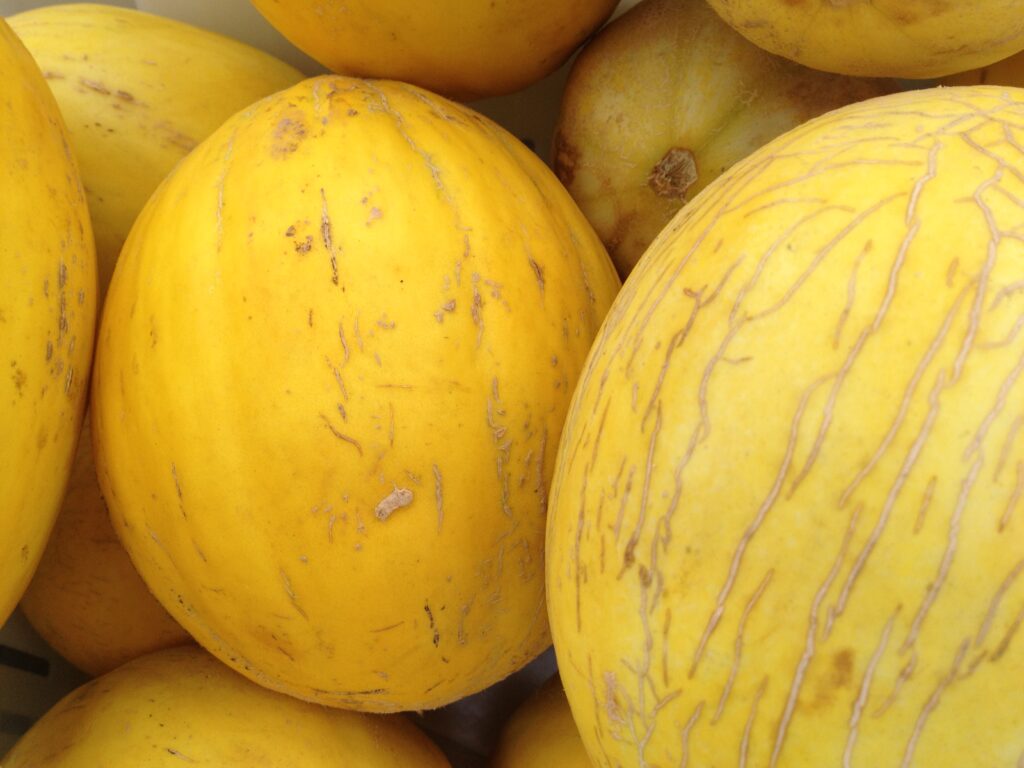
Crane melons
The sweet, tear-shaped, speckled Crane melon has become a late-summer pride of the North Bay. The melon was developed by Oliver Crane, a Sonoma County farmer who crossed a Japanese melon with a cantaloupe. For many years, the Crane family were the only growers of this luscious hybrid, but a handful of other farmers now offer the melon.
When: July to September
Where: The Peach Farm and Allstar Organics
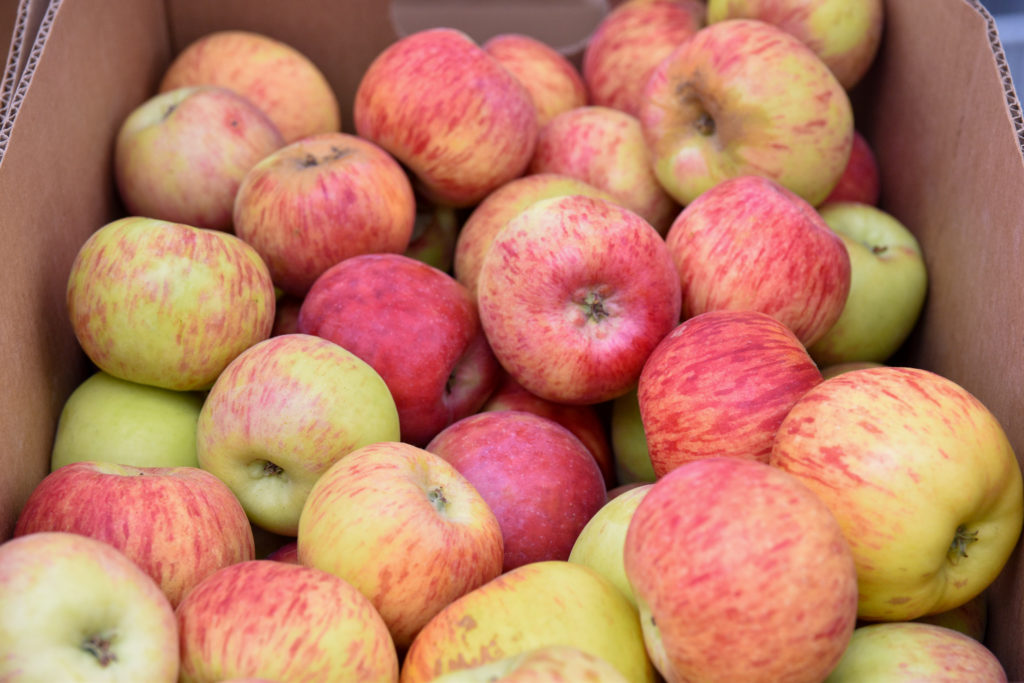
Gravenstein apples
Stan Devoto of Devoto Gardens & Orchards (a Sonoma County apple and flower farm) remembers that when he was a child, everything would stop for a few days when the Gravensteins were ripe. His family would spend several evenings in the kitchen together peeling apples for sauce. Some of Stan’s best Gravenstein customers today have similar childhood memories. Russians brought the German or Dutch variety to the American West and it dominated Sonoma County production for many years. Gravensteins, grown by relatively few farmers today, are uniquely suited to the soil and fog of the Sebastopol area. Sebatopol’s annual Gravenstein Apple Fair in early August celebrates the start of the apple season.
When: August
Where: Devoto Gardens & Orchards
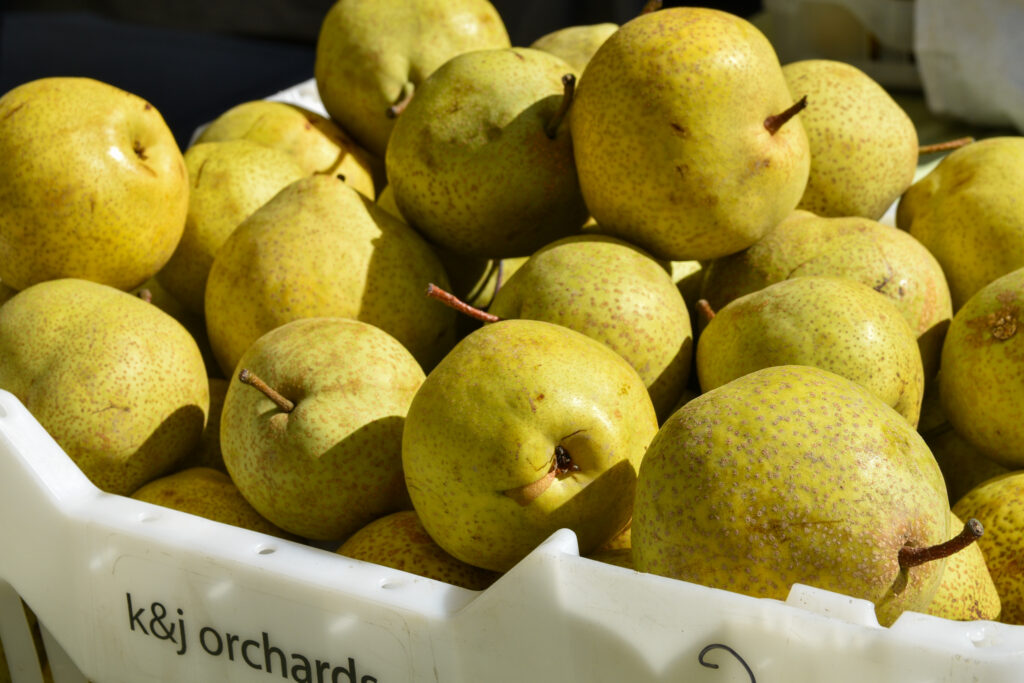
Shin Li pears
This Asian pear variety was developed in California by a team of pomologists, including James Beutal, founder of K&J Orchards. Aomboon Deasy, James’ daughter, says that this underrated variety is a hardy one, with both sweet and tart notes. Like other Asian pear varieties, Shin Lis are tree-ripened, rounded fruit with some russeting (spots).
When: harvested August through November, available at the farmers market through April
Where: K&J Orchards
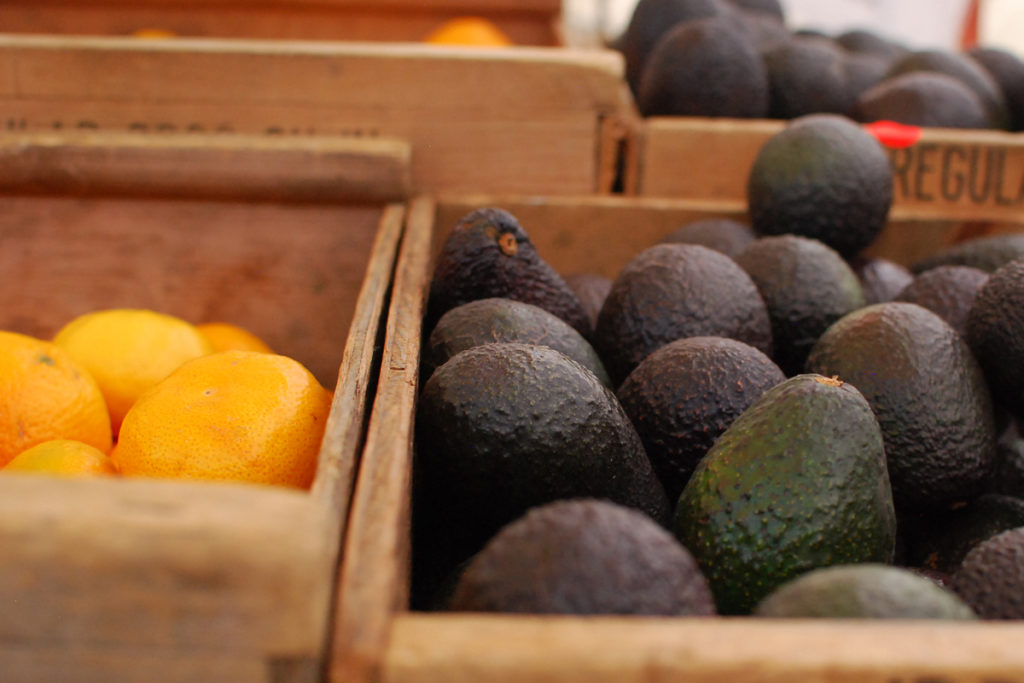
Hass and Fuerte Avocados
Long before the “avocadoization” of California in the 1970s, Will Brokaw’s uncle Harold patented the original Hass avocado in the 1930s. Unfortunately, the patent never paid off: it would take 40 years before the public warmed up to the Hass’s distinctive black, pebbly skin, and by that time the patent already expired.
Also keep an eye out for Fuerte avocados. Prior to the Hass, this was the dominant commercial variety in the 20th century. Green and smooth-skinned, the Fuerte is very high in fat, has an excellent flavor, and ripens beautifully.
When: February through December
Where: Bernard Ranches, Brokaw Ranch Company, Four Sisters Farm
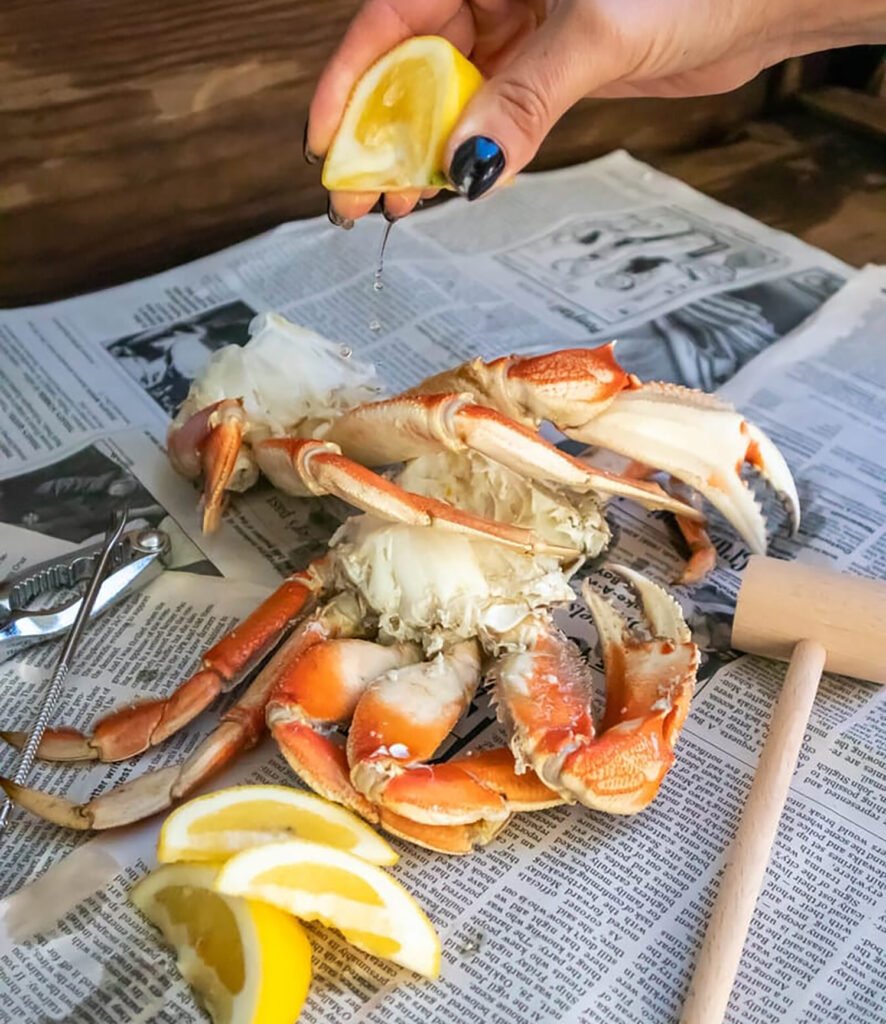
Dungeness crab
Though Native Americans had been eating the shellfish for centuries, San Francisco was the first place that Dungeness crab was commercialized when in the mid-nineteenth century miners gave up on gold and sought the treasures of the local waters. The Dungeness population took a considerable downturn from the 1960s to the 1980s, but the crab trade still exists today. In recent years, the catching season has varied based on weather and wildlife conditions, particularly to protect migrating humpback whales from net entanglement.
When: Variably from late fall to early summer
Where: H&H Fresh Fish Co. and The Little Fish Company
Topics: Culinary, Farmers market, Fruit, Local
